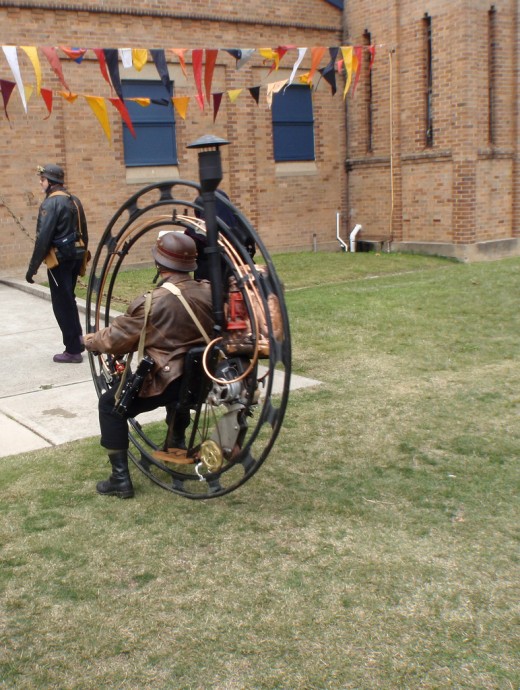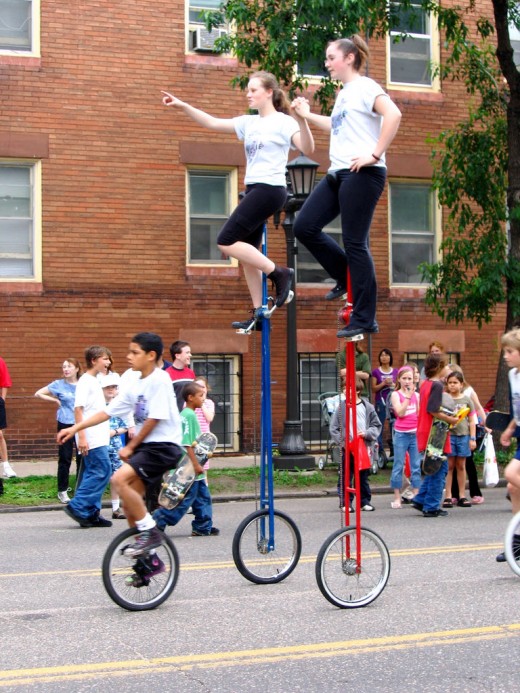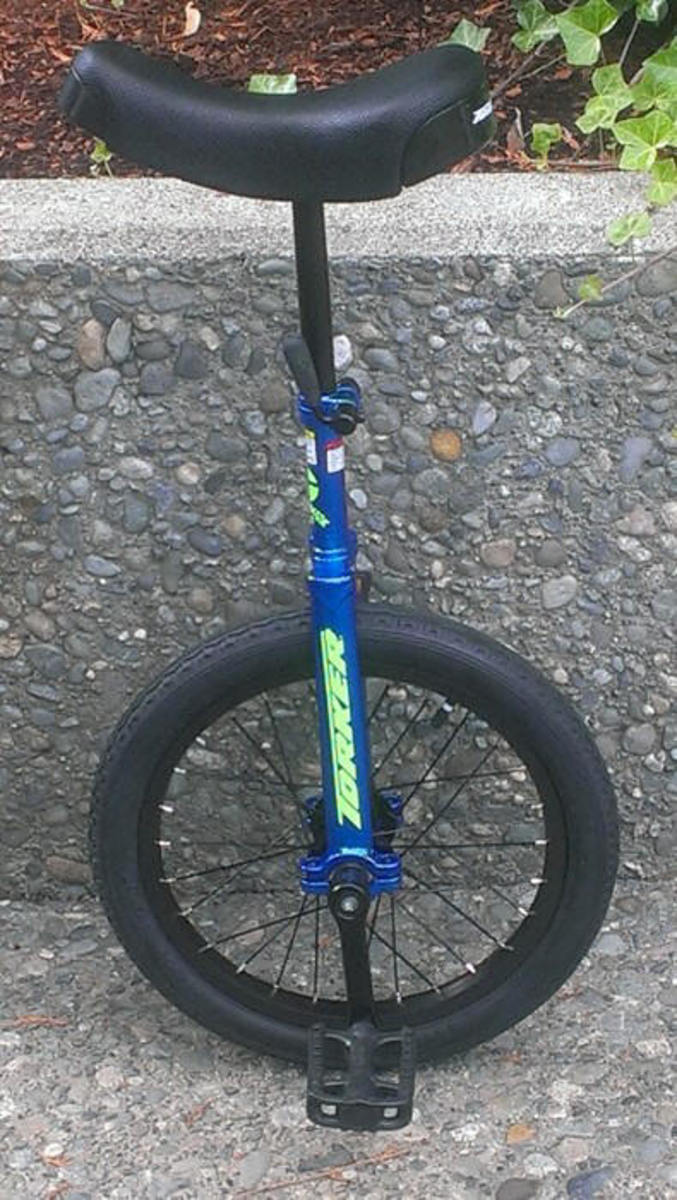History of Unicycle

Although there are many theories as to how the Unicycle came into existence, the most held view is that it came from the penny farthing bicycle. This bicycle, according to UnicycleShop had a large front wheel and a small rear wheel.
It is believed that the penny farthing was invented in 1866 by James Starley in Britain. It was thus the world’s first made bicycle. The back wheel acted as a balance just like the tail of an animal. The pedals were attached to the front wheel. Tricial Owens in her article, ‘The History of Unicycles,’ writes, “The rider sat upon a seat just forward of the back wheel while using the steering wheel mechanism and pedals on the front wheel.” According to the Unicycle Shop, the penny farthing had cranks directly connected to the front axle. “If a rider stopped quickly, the rear wheel would go up in the air as the rider moved forward a bit.”

The penny farthing was intended to provide speed but in time many riders became uncomfortable with it. “Speed, however, came at the expense of balance, and riders increasingly shifted their weight onto the front wheel whenever the back wheel lifted up when crossing bumps.” (Tricial). This resulted to completely removing the back wheel. It was only the front wheel, seat and handles which remained. Later, the handles too were removed, and the unicycle was born. It is believed that the changes to the penny farthing happened before the end of 19th century.

A unicycle has advantages as opposed to a two-wheeled bicycle though mastering to ride it takes a considerable length of time. As noted by Tricial Owens in her article, 'History of Unicycles,' she notes that the difference between these two types of bikes lies on locomotion. This is advantageous because it “...differs from a two-wheeled bike, which uses a gear-and-chain system to propel the bike” therefore, it helps “...in increased efficiency because pedaling funnels all of the power directly into the wheel rather than into a belt or chain, which then turns the wheel.” (Tricial).

As much as unicycle is not a common occurrence in day-to-day life, it's still used as a means of transport by some people however it is mostly used in sports. This includes mountain unicycling, freestyle unicycling and unicycle hocking.
Riding a unicycle is not as easy as a two-wheeled bike but it's not that hard to master how to ride it. The challenge lies in balancing. It takes a lot of time learning how to balance than is the case with a two-wheeled bicycle. Unlike a two-wheeled cycle, in the case of a unicycle you can fall in four cardinal directions if you lose balance: forward, backwards, to the left or to the right.









